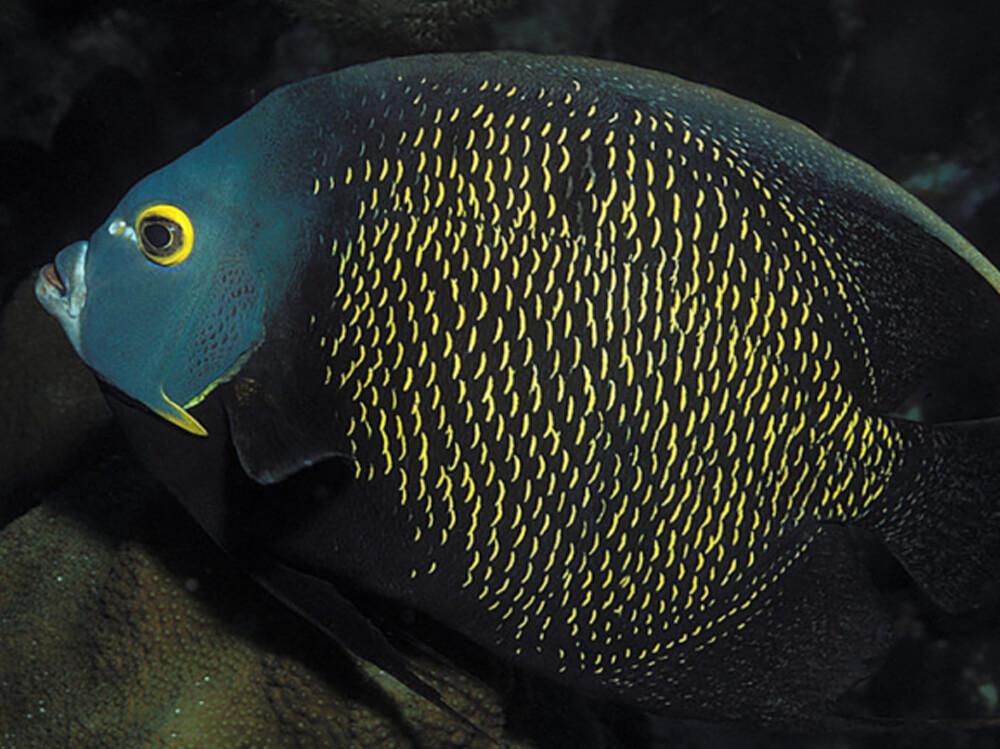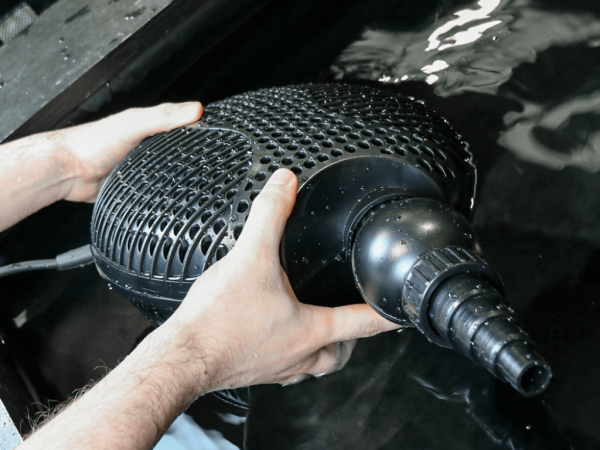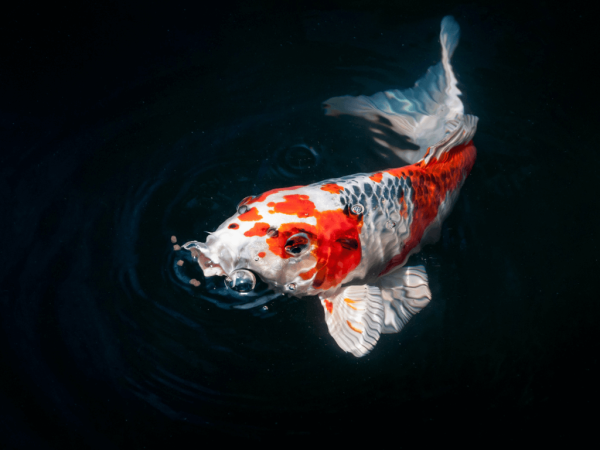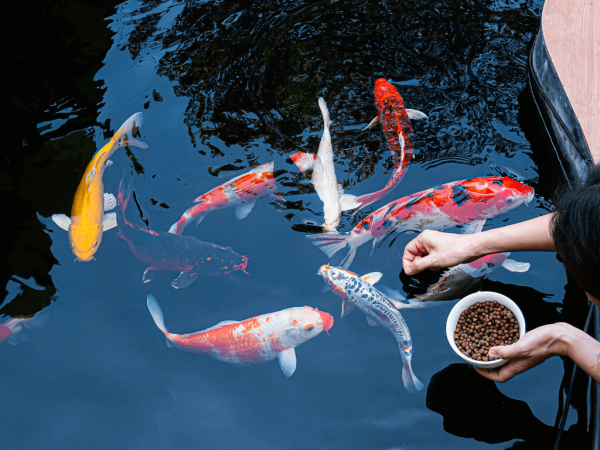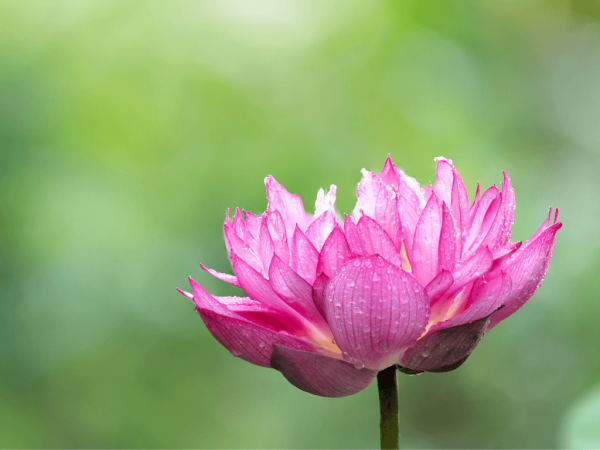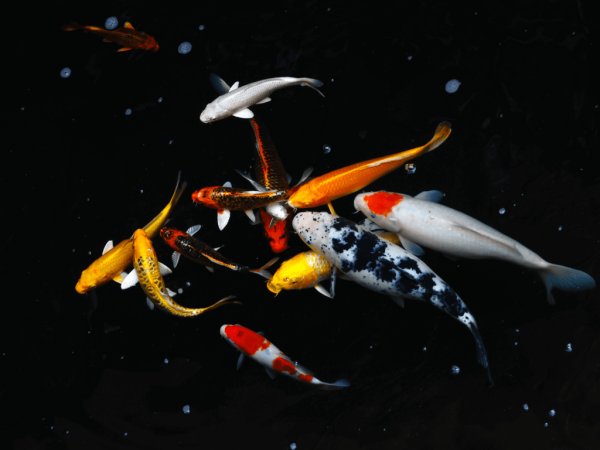How to keep saltwater angelfish
Angelfish are iconic marine fish and most people with marines want to keep them. They are some of the most beautiful reef fish but they aren’t without their issues and there are several rules to keeping them.
How many types of angelfish are there?
Angelfish can be broadly grouped into two types - dwarf angels and large angels. Dwarf angels include the Flame, Coral Beauty, Bicolor, Lemonpeel, Pygmy, Potter’s and Flameback or Fireball angel. Large angelfish species include the Emperor, Queen, Majestic, Regal, French, Koran, Blueline, Sixbar and Asfur or Arabian angelfish. But there are many more of both types including some rare and highly desirable angels like the Conspic, Clarion, Bandit, Interruptus, Joculator, Masked, and the Peppermint - the rarest of all.
The cut-off point between a dwarf and a large angel is about 6”, or 15cm adult body length. Some of the large angels can grow very large at 18” for a Sixbar and 24” for an adult French angel so, those two in particular should only be housed in very large tanks.
What size tanks do Angelfish need?
Dwarf angelfish need upwards of 3 feet tank length and 250 litres tank volume. Large angelfish need minimum 5 feet and 500 litres for a Regal, Goldflake or a Majestic and upwards of six feet and 720 litres for an Emperor, Blue face or a Queen.
Are Angelfish reef safe?
Generally speaking, most dwarf angels are considered reef safe and most large angels are considered not reef safe. An Emperor angel may be safe with SPS corals but will predate small shrimp and pick at delicate, fleshy LPS corals. With dwarf angels a species like a Flame angel or Coral beauty are some of the most coral friendly although any Angelfish can turn rogue and start to nip at things.
If water parameters are excellent and a coral closes up, it may be being picked at by an angelfish. Juvenile large angelfish species like Koran angels are often added to reef tanks but get progressively worse behaved as they get older, both with corals and with other fish. If you want to keep reef fish that are 100% guaranteed not to ever pick at any coral or invertebrate of any type, an Angelfish is not for you as they are always a risk.
How many Angelfish can I keep in a tank?
Angelfish are aggressive and territorial. They also need a large area of rock to constantly graze for food items. For this reason, they are best kept as the only specimen of angelfish in a tank, so that’s one angel per tank. Although they can mix with other fish like tangs and butterflyfish, and clownfish.
A large 750 litre tank could maybe house three dwarf angels together like a Flame, Coral Beauty and Bicolor, but every tank and individual is different. Rarely dwarf angels can be bought in pairs, although there is no guarantee that they won’t turn on each other, and large angels can be crowded in very large tanks like you would do with cichlids, the idea being that one specimen then can’t dominate, but you would need other tanks on hand to isolate if necessary or you could make some very expensive mistakes.
What do you feed angelfish?
Most angelfish are omnivores and eat a combination of meaty and vegetable foods in the wild. In the aquarium they will accept flake and pellets, live and frozen foods, but make sure that any large angelfish species is already feeding when you buy it. Large angelfish also appreciate cockles and live river shrimp, and the ideal for angel is to have a large amount of mature live rock to graze on throughout the day.
Which angelfish species is recommended?
If you want a dwarf angelfish go for a Coral Beauty or a Flame Angel. If you want a large angel go for a Koran for hardiness or a Regal for peacefulness. Everyone wants an Emperor angelfish but they hard to keep, grow large, and are aggressive. Emperors are not recommended for most aquarists despite their visual appeal and beauty.
Can I breed angelfish
Dwarf angelfish do spawn in captivity but it’s hard to raise the fry and usually only successful in dedicated aquaculture facilities. The free-floating eggs can be caught in a fine mesh but feeding the fry would be difficult as they need the right microscopic foods.




